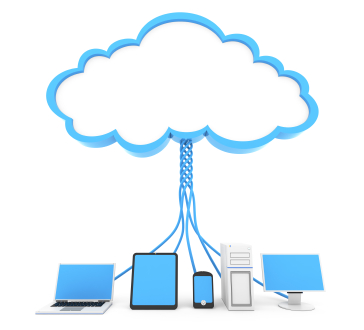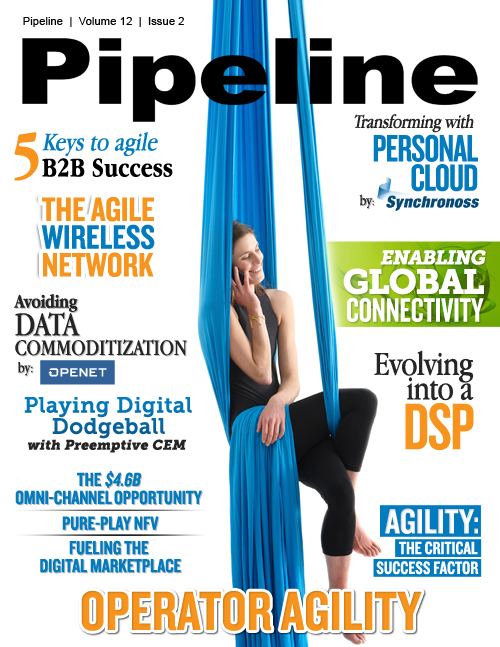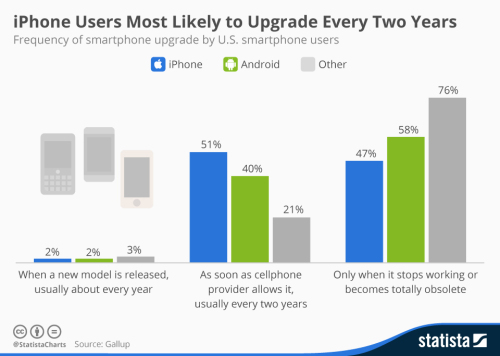Personal Cloud and the Agile Operator Opportunity
By: Ted Woodbery

The rise of the internet of things and ongoing consumer demand for connected living is driving aggressive growth in the number of devices consumers activate. According to research by NESS (SES), there is now an average of 7.5 devices connected to the Internet in one household compared with an average of one device per household 10 years ago. This presents both benefits and challenges to the global operator community. On the one hand, a sharp increase in connected devices being added to the network leads to an increase in data revenue. On the other hand, it also creates a significant challenge in unifying the customer experience across all devices to reduce complexity for the subscriber. After all, it is this consistency of experience that will drive customer engagement with new services and ongoing retention – a critical factor as mobile users become increasingly impulsive.
A recent Gallup Poll provides fresh insight on the operator need to secure greater customer satisfaction as competitive pressures makes keeping hold of customers more and more challenging. It indicates that 44 percent of smartphone users will upgrade their device "as soon as their cellphone provider allows it, usually every two years." This number climbs to 51 percent among iPhone users (see chart).
This ongoing trend has forced operators to look for new ways to nullify the threat of customer churn at contract end, drive service engagement through an improved customer experience and consistently deliver this experience across multiple devices and operating systems. All these benefits have become critical factors in a sharp increase in operator-led Personal Cloud services.
What is the Personal Cloud?
As more and more smartphones and additional connected devices are being activated, operators are increasingly offering supporting cloud capability for the storing and porting of personal data and content. The operator essentially securely stores a consumer’s contacts, photos, music, videos etc. and provides a user with access to it all via the device, and, at the time of their choosing. This content is then seamlessly synced across all connected devices a user possesses whether it is a smartphone, tablet, wearable device or even a connected car.Advancements in cloud technology mean that transferring content to the cloud is no longer a laborious process. Historically, users had been forced to configure multiple settings by hand, find the content, move it to its destination, and then keep it synced manually. The personal cloud has totally changed this process by having one application for transferring and registering to the cloud, as well as securing, maintaining, and updating content.
Why are operators deploying personal cloud services?
New device activation represents a significant opportunity for operators to “seed” cloud customers when they migrate content and contacts from one device to another. Each new content transfer between devices creates a new cloud customer. The more consumer data an operator stores, the more value it can offer in securely delivering it back to users.Industry analysts Pyramid Research surveyed operators to try to understand what the key drivers were for Personal Cloud service adoption and their willingness to offer the service. Unsurprisingly, half of all respondents admitted to either having a Personal Cloud offer in place, or intending to launch one this year. The table below illustrates the reasons why – the overwhelming favorites being the need to drive customer retention, increase revenue (through better engagement) and creating competitive differentiation.




















